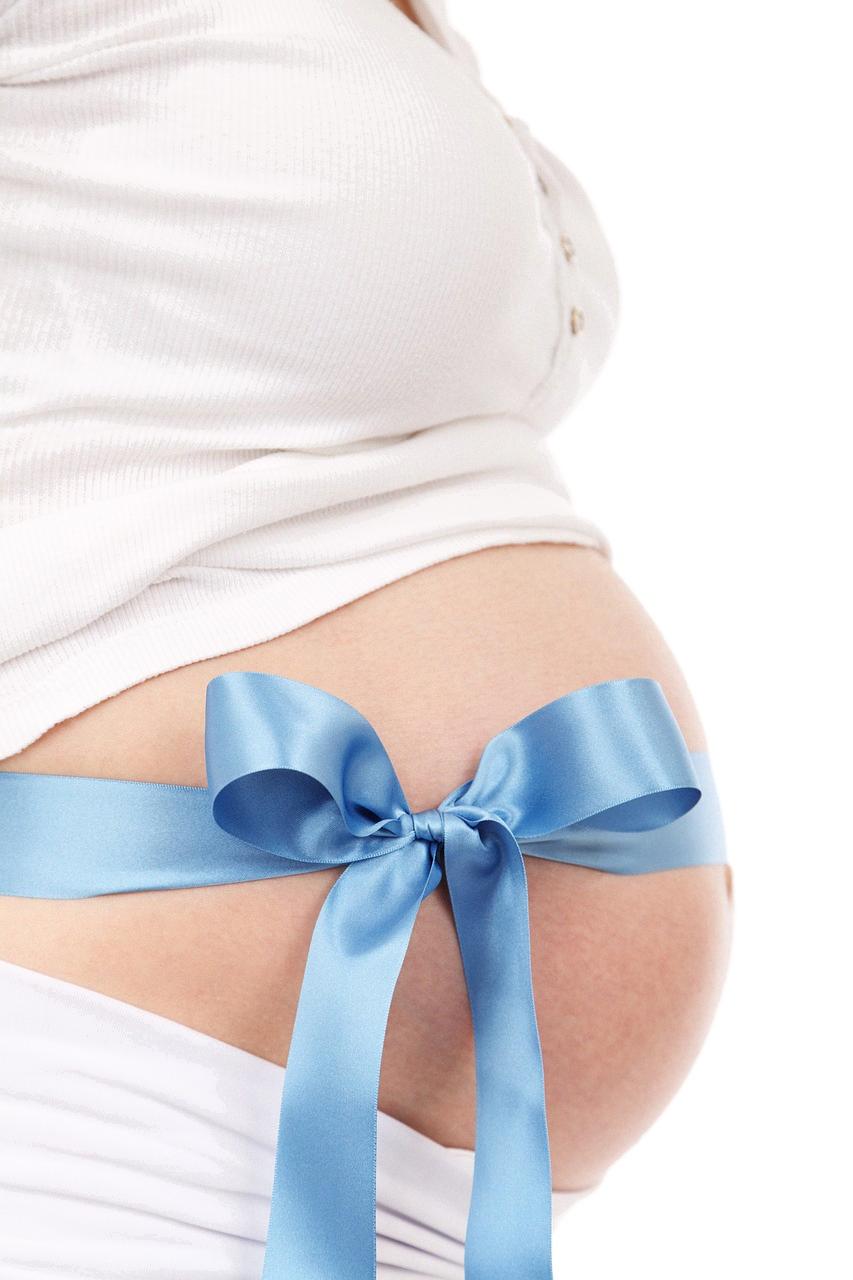When it comes to understanding how intrauterine devices (IUDs) prevent ovulation, it’s essential to delve into the intricacies of this highly effective contraceptive method. The device itself, shaped like a “T,” is crafted from plastic and is skillfully inserted into the uterus by a healthcare professional.
One of the key mechanisms that contribute to preventing pregnancy with an IUD is the release of progestin, a synthetic form of the hormone progesterone. This hormone plays a vital role in thickening the cervical mucus, creating a barrier that impedes sperm from both reaching and fertilizing an egg.
Additionally, the progestin released by the IUD works to thin the lining of the uterus. By doing so, it makes it difficult for a fertilized egg to implant and grow, thereby reducing the chances of pregnancy. This thinning effect is significant, as it alters the uterine environment in a way that is not conducive to supporting a developing embryo.
Another crucial aspect of how IUDs prevent ovulation is their ability to partially suppress the process itself. Ovulation is the release of an egg from the ovary, and by inhibiting this process, IUDs further reduce the likelihood of conception. By interrupting the natural cycle of ovulation, these devices add an extra layer of protection against unintended pregnancy.
It’s important to note that while IUDs primarily work by preventing fertilization, they also have a backup mechanism in place. In the rare event that fertilization does occur, the presence of the IUD in the uterus creates an environment that is inhospitable for implantation. This secondary method of action ensures comprehensive contraceptive coverage.
Moreover, the localized nature of IUDs is advantageous in terms of minimizing systemic side effects. By releasing progestin directly into the uterus, the overall hormonal exposure to the rest of the body is reduced compared to oral contraceptives, for example. This targeted approach helps to mitigate potential adverse effects.
For individuals seeking long-term, reversible contraception, IUDs offer a highly effective and convenient option. Once inserted, these devices require minimal maintenance and provide continuous protection against pregnancy. Their efficacy, convenience, and reversible nature make them a popular choice among individuals looking for reliable birth control.
Overall, the multifaceted mechanisms employed by IUDs to prevent ovulation underscore their effectiveness as a contraceptive method. By combining hormonal intervention with physical barriers, these devices offer comprehensive protection against unintended pregnancy while providing a convenient and low-maintenance option for individuals seeking reliable birth control.
In conclusion, the intricate interplay of hormonal regulation, physical barriers, and ovulation suppression makes IUDs a highly effective contraceptive choice for many individuals. Understanding how these devices prevent ovulation showcases their efficacy and versatility as a form of birth control.

